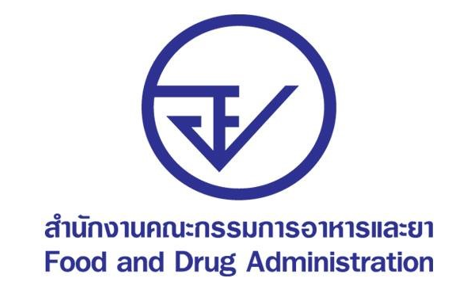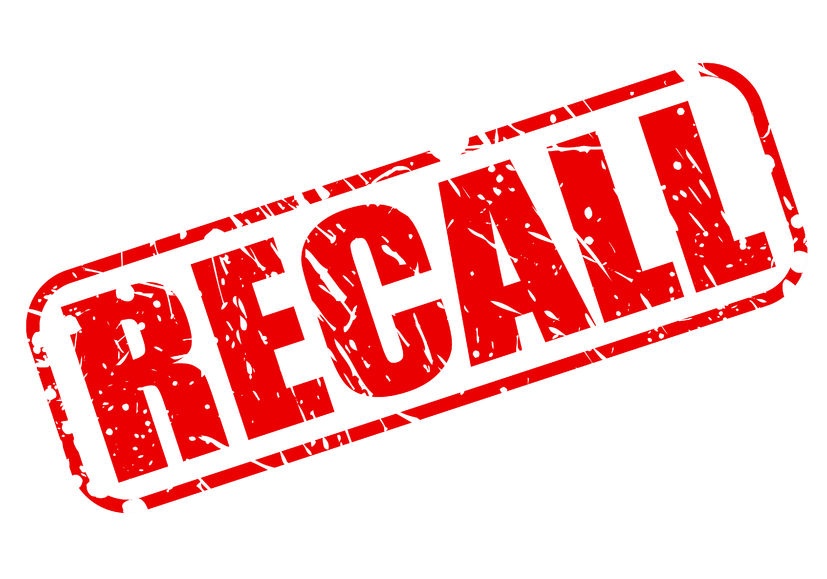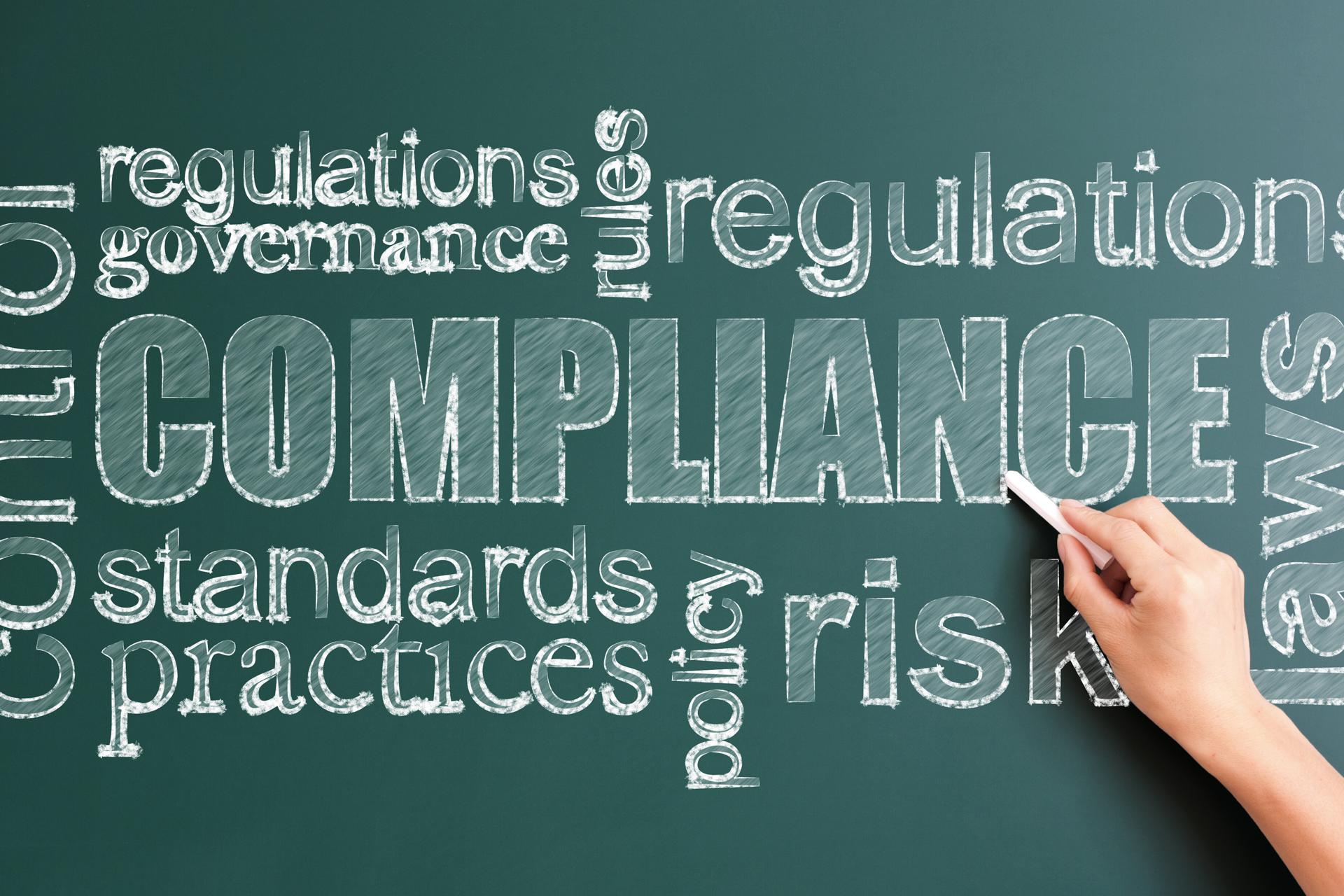Thailand’s Medical Device Control Division has published guidelines on medical device product recalls. The document is intended to assist medical device manufacturers and other parties involved in operations with medical devices in ensuring compliance with the applicable regulatory requirements.

Regulatory Background
According to the document, a recall of a medical device constitutes an important safety corrective action to be taken in order to ensure the safety of patients by reducing the use of medical devices exposing them or other persons to additional risks. The entity responsible for a medical device placed on the market should also be responsible for complying with the appropriate regulatory requirements on recalls described herein.
It is mentioned that in case of an unusual performance of a medical device resulting in additional risks associated thereto, a responsible entity should take the measures necessary to perform a product recall and submit a report containing information about particular measures taken in this regard. Moreover, the responsible entity shall duly develop and follow a recall plan. Later the responsible entity would have to demonstrate that the goals outlined in a recall plan have been successfully achieved.
The requirements on recalls of medical devices are closely connected with the regulatory requirements on incident reporting, according to which the responsible entity should investigate any abnormalities or adverse events that occur and also report the corrective actions taken in order to mitigate the consequences thereof. As mentioned before, the main purpose of a recall of a medical device as a corrective action is to reduce the likelihood of use of a medical device that potentially exposes the patients or other persons to additional risks when being used for the intended purpose.
The present guidelines have been developed by the regulating authority in order to introduce a unified approach to be applied by all responsible entities initiating a medical device recall. The scope of the guidelines covers any and all medical devices manufactured, imported, or marketed in Thailand, including both in vitro diagnostic medical devices (IVDs) and non-IVDs for both human and veterinarian use. The authority additionally mentions that the present guidance covers only recalls related to the medical devices placed on the market in Thailand, while any recalls associated with exported medical devices fall outside its scope.

Key Concepts and Definitions
First, the document provides definitions of the most important terms used in the context of medical device recalls, including, inter alia, the following:
1. Field Safety Notice (FSN) – a communication that the medical device manufacturer or its authorized representative sends to the users of a medical device in question with regard to the corrective actions to be taken to ensure safe use.
2. Recall Plan – a plan specifying the details and goals of the activities to be undertaken, as well as all operations related to the recall of medical devices.
3. Levels of Medical Device Recalls – a classification based on the degree of potential health impact from the use of medical devices. Level 1 – the use of the medical device in question could probably cause severe, permanent, or prolonged adverse health effects. Level 2 – the use of the medical device in question could cause temporary and/or recoverable health effectors. Level 3 – the use of the medical device in question is not likely to cause adverse health effects.

Medical Device Recalls: Regulatory Requirements in Detail
The guidelines also provide a list of the parties obliged to follow the regulatory requirements on medical device recalls, namely:
1. Holders of the establishment license to manufacture or import medical devices,
2. Registrants conducting the manufacturing or importation of medical devices,
3. The persons notifying about manufacturing or importation of medical devices,
4. The registered entities notifying about the manufacturing or importation of medical devices,
5. Holders of the license allowing to sell medical devices.
The same applies to the authorized representatives of the ones mentioned above.
The medical device recall procedure includes 6 consequent steps that could be divided into 3 parts as described below.
Part 1. Preparation of the documents.
Step 1. Assessment of the level of risk associated with the medical device and its potential impact.
Step 2. Development of a recall plan.
Part 2. Submission of the notification form to the regulating authority, execution of the medical device recall in accordance with the plan.
Step 3. Submission of the forms to the regulating authority and execution of the recall plan.
Step 4. Follow up on the implementation of the recall.
Part 3. End of the recall. Submission of the remaining forms to the regulating authority.
Step 5. Review of the actions taken and end of the recall.
Step 6. Submission of the necessary forms to the regulating authority.
The guidelines also describe in detail each of the six steps to be performed by the responsible entity.
According to the document, the process commences once the responsible person identifies or becomes aware of an incident or adverse event associated with the medical device it is responsible for. In the course of the first actions taken, the responsible person shall identify the cause of the risk and consider methods or measures to be taken to correct the defect. Once all the necessary information is collected and processed, the entity shall develop a recall plan covering the following aspects:
1. General information on the medical device subject to recall (this section should also cover details about the cause of the recall, as well as its level);
2. Medical devices affected by the recall (e.g. medical device distribution level, the number of medical devices to be recalled, and the details on sales);
3. Recovery procedures (including the dates the corrective actions are expected to commence and finish);
4. Communication of risks (e.g. Public Safety Alerts, Security Alerts, Field Safety Notices);
5. Resources required to perform the recall (including processing time per unit, list, and number of documents to be prepared, and management of the medical devices subject to recall);
6. Operational terms and conditions (including reporting to the regulating authority, and criteria for termination of recall).
In the course of the very first steps of the medical device recall, the responsible entity should submit to the regulating authority a set of documentation prescribed by the applicable regulatory requirements. According to the guidelines, such documents include the health hazard evaluation report, the recall plan, the Safety Alert Document (e.g. Field Safety Notice), and pictures of the medical device subject to recall (if applicable).
Upon completion of the medical device recall, the responsible entity should also submit the appropriate report to the regulating authority to inform about particular actions taken to address the risks associated with the medical device in question. In the course of the recall, the responsible entity should also evaluate the effectiveness of the risk communication, as well as the overall effectiveness of the recall.
In summary, the present guidance published by Thailand’s regulating authority describes the approach to be applied with regard to recalls of medical devices. The document highlights the appropriate regulatory requirements and the most important aspects to be considered by the parties involved.
How Can RegDesk Help?
RegDesk is a next-generation web-based software for medical device and IVD companies. Our cutting-edge platform uses machine learning to provide regulatory intelligence, application preparation, submission, and approvals management globally. Our clients also have access to our network of over 4000 compliance experts worldwide to obtain verification on critical questions. Applications that normally take 6 months to prepare can now be prepared within 6 days using RegDesk Dash(TM). Global expansion has never been this simple.
Sources:

